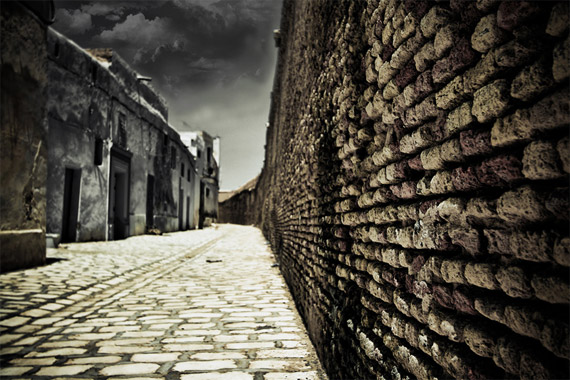
The shutter is a mechanism that controls the exposure time of an image. This time can be manually set by using the shutter proprity shooting mode from your digital camera. The numbers you'll use will look probably like this:
15, 13, 10, 8, 6, 5, 4, 3.2, 2.5, 2, 1.6, 1.3, 1, 0.8, 0.6, 0.5, 0.4, 0.3, 1/4, 1/5, 1/6, 1/8, 1/10, 1/13, 1/15, 1/20, 1/25, 1/30, 1/40, 1/50, 1/60, 1/80, 1/100, 1/125, 1/160, 1/200, 1/250, 1/320, 1/400, 1/500, 1/640, 1/800, 1/1000, 1/1250, 1/1600, 1/2000 sec.
These numbers represent how long the light will be allowed to hit the digital sensor in order to capture the image.

Shapes: The building blocks of any design. Shapes can be organic (irregular shapes found in nature) or geometric (shapes with strong lines and angles such as circles, triangles, and squares).
Color: The aspect of design that differentiates and defines lines, shapes, forms, and space. Color can be defined as saturated (maximum color intensity) or monochromatic (limited to tones or hues of one color). Even black and white images have a huge number of different shades of gray.

Space: The area between and around objects. Increasing or decreasing the amount of space around an object affects the way we view the object. Space can by open (the absence of things around the subject/object) or closed (many things around the subject/object).
Texture: The surface quality that can be seen and felt. Textures can be rough or smooth. Textures are often implied in photographs.

Contrast: The value contrast in an image is either high or low. high contrast refers to a great difference between colors (rich blacks and bright whites) or elements, and low contrast refers to a slight difference between colors or elements.

Excellent work! 20/20
ReplyDelete